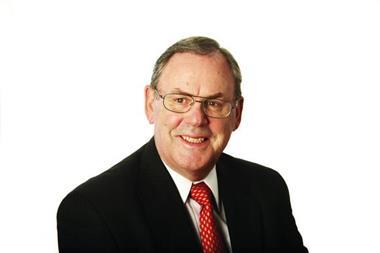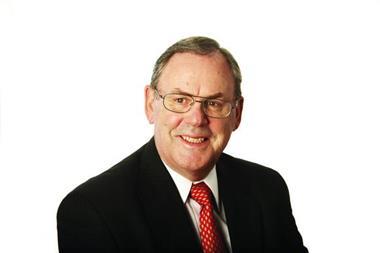Tom Flack reports on the high profile takeover battle being played out between Australia’s two biggest insurers.
Almost a month has passed since Australian insurer giant IAG rejected rival QBE’s unofficial, and audacious, A$8bn (£4.1bn) takeover approach. While IAG’s share price has floundered over the past five years, especially in the past 12 months, QBE’s has moved in the opposite direction. With the money and the inclination to spend it, QBE now looks primed to strike. The question is how much will it have to pay, and when?
According to most commentators, an agreement remains some way off. IAG chairman James Strong has categorically and repeatedly stated that IAG will not accept QBE’s offer as it stands, and the offer remains unofficial.
Since QBE went public with its intent, it has extended the time frame of its so-called friendly offer to the IAG board twice; most recently on 6 May, a week after IAG’s announced its third profit warning in seven months. QBE’s aim in extending an offer that has already been rejected is to win the support of IAG’s shareholders, who it hopes will pressure the board to enter talks.
According to analysts, the offer price equating to A$4.35 per IAG share is high enough to force the IAG board to engage with QBE, and prey on shareholder fears that they could miss out if a deal is not struck.
“What they have done now is to create an artifical deadline to use public pressure to get us engaged.
Michael Hawker, chief executive, IAG
QBE’s decision to go public has succeeded in pushing up IAG’s share price when it should have plummeted instead. With its combined cash and stock offer, QBE's rising share price has helped IAG’s shares, despite the profit warning. IAG’s valuation has increased by A$700m since QBE’s approach was revealed, with analysts claiming that IAG shares should be trading at around A$3.
Worse still for IAG, the share price is also also dependent on the dividend paid to shareholders, which now looks unlikely to be forthcoming this year.
With little respite on the horizon, IAG may find it difficult to demand a higher offer. In addition, with no rules forcing QBE to launch an official bid, IAG will either have to put up with speculation continuing to erode its position, or enter formal talks.
Last week, O’Halloran said: “The proposal has been extended to allow stakeholders more time to consider the impact of IAG’s profit downgrade last week and the value of QBE shares.”
“With no rules forcing QBE to launch an official bid, IAG will either have to put up with speculation continuing to erode its position, or enter formal talks
Hawker, meanwhile, said: “We have had private discussions with [QBE] and they have chosen to put them in the public domain. What they have done now is to create an artificial deadline to use public pressure to get us engaged.”
With speculation suggesting that QBE and IAG are in informal discussions, O’Halloran may still be inclined to amend his offer 0.142 of QBE shares plus 70c for each IAG share.
Certainly, one large IAG investor, Argo, has said it wants to see QBE’s offer rise to A$4.75 per share. Argo managing director Rob Patterson told the press: “The general view is QBE will have to pay a bit more to get it.”
The other option for QBE is to approach IAG shareholders directly as part of a hostile takeover bid. But given that IAG has more than 900,000 retail shareholders, they would most likely require a board recommendation in order to accept any offer.
But in the light of IAG’s recent profit warning, a sale on favourable terms for QBE now seems inevitable.
Hosted by comedian and actor Tom Allen, 34 Gold, 23 Silver and 22 Bronze awards were handed out across an amazing 34 categories recognising brilliance and innovation right across the breadth of UK general insurance.











































